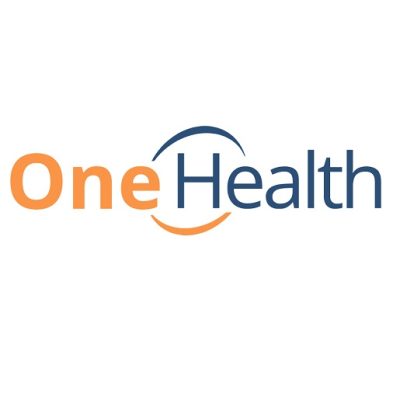New data revealed to the BBC indicates that the number of children receiving treatment in private hospitals across the UK surged by nearly a quarter last year, surpassing 46,000. Families funded these treatments either through direct payment or medical insurance, bypassing NHS referrals.
As England’s NHS trusts report to File on 4, children have been described as the “forgotten generation” in the effort to reduce healthcare backlogs. The Department of Health asserts that NHS staff are “working tirelessly” to reduce waiting lists. However, the Royal College of Surgeons of England highlighted that children are falling behind adults in waiting times for surgery, facing potential life-long health and development consequences. NHS Providers, representing trusts, noted that hospitals sometimes prefer adult operations, as they are often simpler and quicker.
Several families shared their experiences with the BBC, describing how their children’s conditions worsened during prolonged waits. One such case is Georgina Smith, a 16-year-old from Hertfordshire, awaiting open-heart surgery for a valve issue that hampers her heart’s functionality. She is one of 601 children in England on the heart surgery waiting list, with 139 having waited over six months.
Georgina has endured chest pains, extreme fatigue, and fainting episodes, resulting in significant school absences. A decade ago, her parents were informed of the need for immediate surgery. However, doctors at Great Ormond Street Hospital for Children recommended waiting until her heart matured. Last year, an ultrasound revealed her heart was weakening, prompting doctors to advise surgery within six months. Yet, she has been waiting for nine months.
Feeling as if her operation will never occur, Georgina describes the situation as “a cloud over my head, it’s always just this waiting and waiting and waiting.” Great Ormond Street Hospital acknowledged the challenges they face despite reducing their cardiac surgery waiting list by 25% since the pandemic. They cited the high demand for beds, particularly from emergency patients, as a significant hurdle.
Following the BBC’s inquiry, Georgina was scheduled for surgery in July.
One Health Group PLC (AQSE:OHGR) are a team of Consultant Surgeons and Healthcare managers working with the NHS to provide faster, local and expert care in Orthopaedics, Spinal, General Surgery and Gynaecology.


